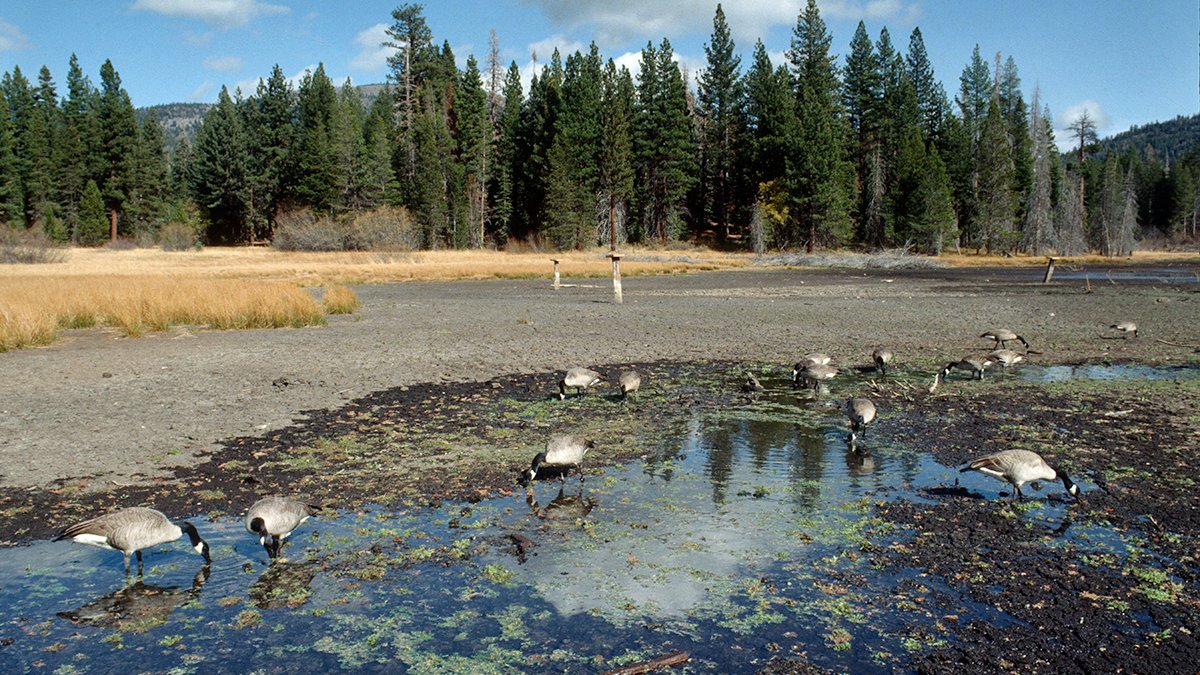According to the OakNorth Climate Consortium survey in February this year, 59% of banks participating in the consortium have already initiated plans to mitigate climate risk in their commercial loan portfolio. Three-quarters (74%) of the banks in attendance, with assets ranging from $22 billion to $3.3 billion, consider transition risk management their top climate change priority.
Transition risks may arise from the process of adjustment to a low-carbon economy. A range of factors influence this adjustment, including: climate-related developments in policy and regulation, the emergence of disruptive technologies or business models, changing societal sentiments and preferences, or changing evidence, legal frameworks and interpretations.
While climate change creates many unknowns and can impact the solvency of even the most profitable companies, it can also provide banks with an opportunity to help sectors and companies reduce their carbon emissions and move to the green economy.
For example, earlier this year in California, where I live, the California Air Resources Board announced an aggressive plan to mandate a steady increase in the sale of electric and zero-emission vehicles, banning new gas-powered cars from ‘by 2035. As a result of this, it is very possible that companies such as delivery companies will consider switching their fleets to electric vehicles (EVs) in the next few years. Not only would this reduce the carbon footprint of these companies, which in turn would reduce the bank’s scope 3 emissions, but it could also help the company attract new customers who are looking for a more environmentally friendly alternative. .
Another example is the restaurant industry where approximately 9.7 million Americans identify as vegans – a significant jump from just a decade ago. As a result, most fast food restaurants now offer vegan products from companies such as Beyond Meat.
These are just two examples, but both would require significant investment from businesses, which could be backed by a loan from a bank.
Let the data do its job
Data and modern technology remain essential to help banks and businesses adapt to an ever-changing world. Due to the frequency of extreme weather events and the speed at which technology is changing, climate analysis requires continuous data collection and understanding.
However, many banks still rely too much on manual data collection, basic Excel spreadsheets and the hunches of their portfolio managers. In the longer term, they will need to develop clearer data strategies and evolve current data capture and aggregation to more sophisticated automated systems. This will help reduce the time spent reviewing data and help relationship managers and credit analysts identify risk factors much earlier.
For example, a borrower may appear to be in good financial health based on previously collected data, but different scenarios – climate change, geopolitical tensions, rising inflation, supply chain issues, etc. – could create additional stress or increase the risk of default. Technology can provide early warning indicators in such situations, allowing the bank to work with the borrower to agree on the best course of action and hopefully minimize or avoid a credit loss altogether.
Many banks are exploring new and innovative ways to get more data from customers, some working with third-party data providers and partners such as OakNorth, and others trying to collect more data directly from customers. . For example, one bank told the latest OakNorth Climate Consortium earlier this month how it created a rigorous climate questionnaire that is shared with borrowers at initial underwriting/onboarding and then again during of the annual review. The questionnaire helps the bank assign a climate risk score to the borrower – for those with the highest score, the bank monitors them more closely and works with them to put in place a climate transition plan if they don’t already have one.
As the world adapts to new challenges such as climate change, banks will need to adopt a new approach to scenario analysis and evolve their existing risk and credit processes. They will also need to invest significant time and resources in building climate-confident teams and front lines that are equipped to have these conversations with borrowers, identifying both risks and opportunities.
By Peter Grant, President and COO of OakNorth
This item is the second in a three-part series explaining how professionals in the finance function can use scenario analysis to effectively assess pandemic, climate change, and supply chain shortages. Part three focuses on how portfolio diversification remains crucial when it comes to commercial lending.




